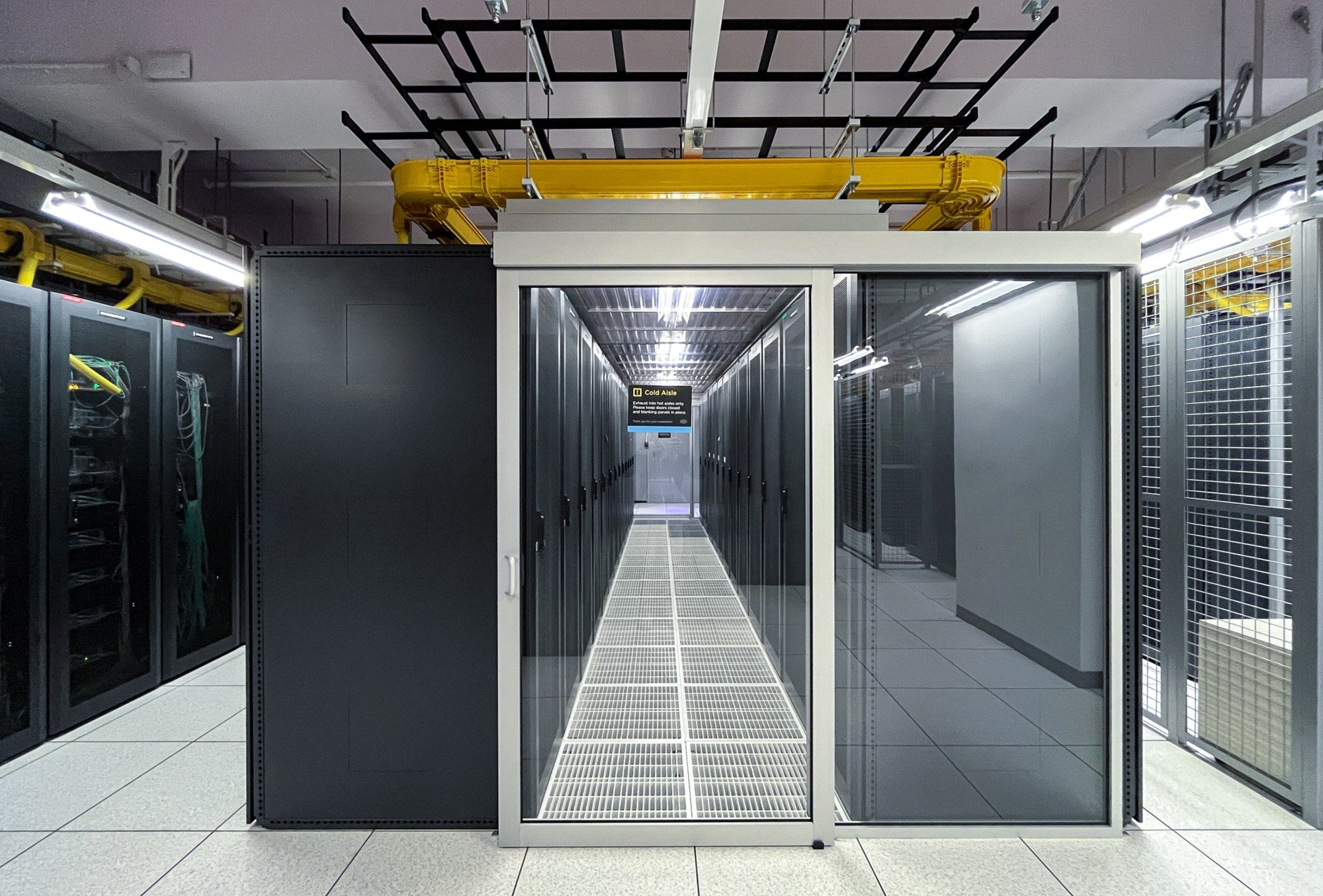
Equinix, CLP Power cut energy consumption, carbon emissions in Hong Kong data centre with industry set for big expansion
- Equinix and CLP Power have managed to reduce energy consumption by 30 per cent and avoided 51 tonnes of carbon emissions at Sha Tin site
- Gross floor space in Hong Kong data centres is forecast to expand 30 per cent by 2025, according to Cushman
Since implementing an airflow system at Equinix’s HK4 facility in Sha Tin in New Territories, they have managed to reduce electricity consumption by almost 30 per cent and saved 130,000 kilowatt-hours of electricity per year and averted 51 tonnes of carbon emissions. That is equivalent to the annual electricity consumption of about 300 households in the city.
Funded by CLP, they implemented the airflow optimisation and management system at the Sha Tin facility to monitor air temperature in data halls and adjust air circulation accordingly to prevent excessive power usage in cooling computer rooms. Together with Hong Kong Polytechnic University (PolyU), they announced the latest progress of their collaboration last week.

“The project sets an example for the data centre industry on energy saving,” said Anthony Lo, director of customer success and sales at CLP Power. CLP will also conduct analysis for other industries such as hospitals and shopping malls, while promoting the airflow system in large commercial centres and other institutions, he added.
California-based Equinix is the world’s largest data centre provider with more than 240 sites in 71 markets. Its ecosystem is bigger than its 10 next competitors combined. The firm has spent US$129 million on energy efficiency investments globally and avoided roughly 430,000 metric tons of emissions, according to its website.
Data centre operators say Hong Kong falling short on renewable power, space
Hong Kong has experienced a boom in demand for data centres, driven by a surge in the digital economy during the Covid-19 pandemic. The city ranked fourth in data centre developments based on strong connectivity and low taxes, according to Cushman & Wakefield’s annual ranking.
Hong Kong had about 60 data centres, involving a total floor space of about 800,000 square metres as at end-2022, according to data compiled by the Legislative Council Secretariat. Gross floor area is forecast to expand 30 per cent by 2025, according to Cushman.
The Hong Kong government announced in 2021 its goal to achieve carbon neutrality by 2050, earlier than China’s 2060 net-zero target. Since then, authorities have focused on reducing electricity consumption in data centres by pushing for greener buildings.
More than 60 per cent of Hong Kong’s greenhouse-gas emissions come from electricity generation, according to government data. Some 90 per cent of electricity consumption comes from buildings, including the use of air conditioners, lifts, lighting and various appliances.
Air conditioning is the second largest source of electricity consumption in data centres, just after computer servers, according to Wai Ho Leung, manager of site operations at Equinix in Hong Kong. Precise environmental conditions are required for the safe operations and maintenance of servers, he added.


